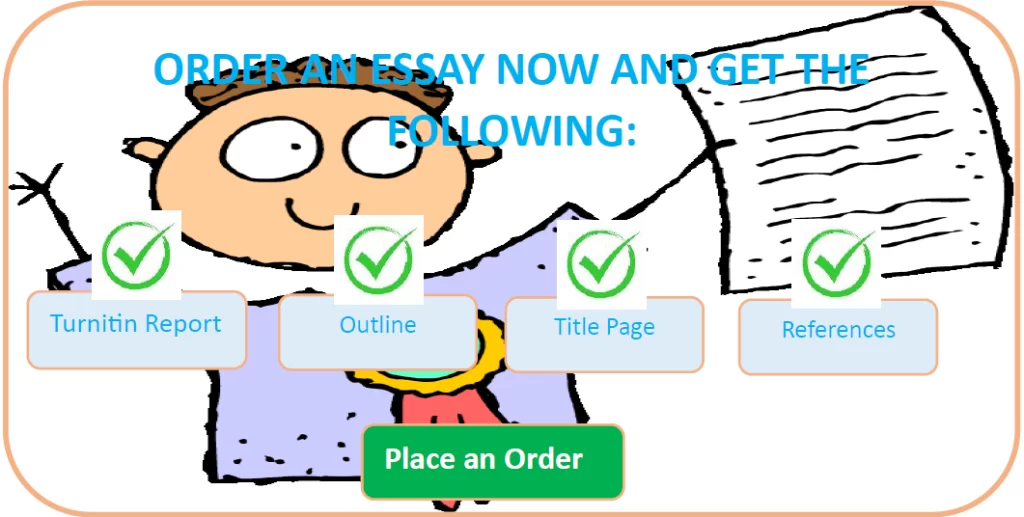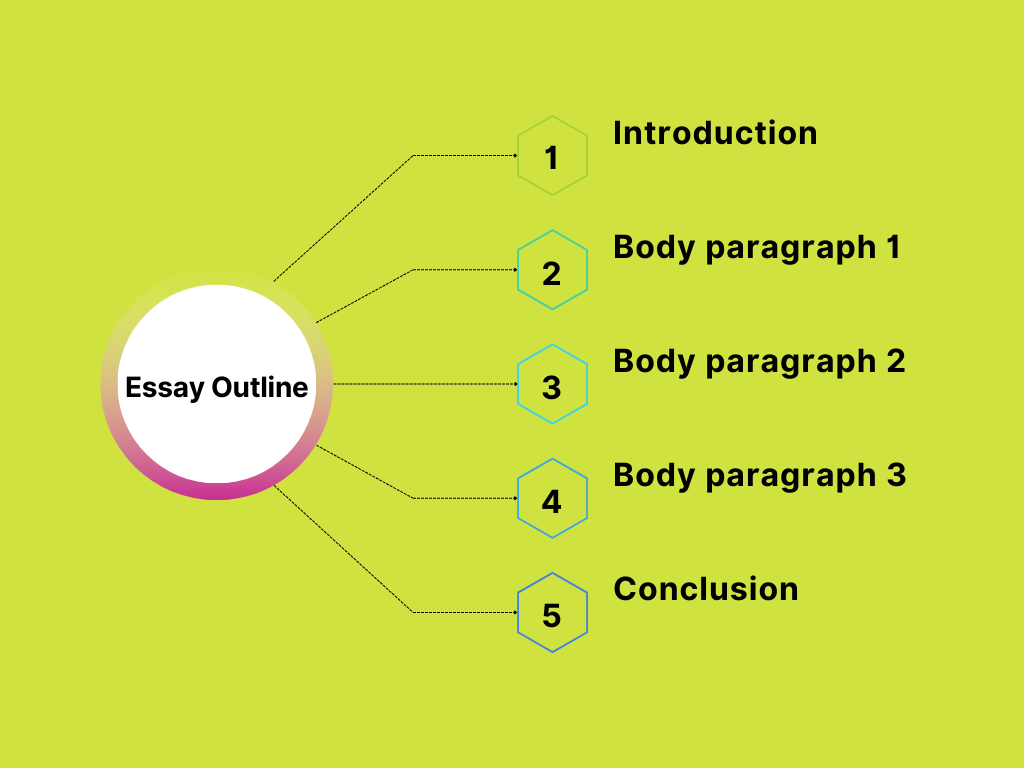What is an essay?
An essay is a written piece of work that presents a focused and organized argument or exploration of a particular topic, issue, or question. Typically structured into an introduction, body, and conclusion, essays allow individuals to express their thoughts, analyses, and opinions coherently and persuasively. They serve as a means of communication and are widely used in academic, professional, and creative contexts to convey ideas, provide information, persuade readers, or provoke critical thinking. Essays come in various forms, such as descriptive, persuasive, informative, and narrative, each with its unique purpose and style, making them a versatile and essential genre of writing in today’s world.

In the realm of academia, essay writing stands as a cornerstone of effective communication and critical thinking. Whether you’re a seasoned scholar or a student just embarking on your academic journey, understanding how to craft a well-structured and compelling essay is essential. This comprehensive guide will walk you through the process of essay writing like a pro, ensuring that you cover all the essential steps for academic essays and paper writing.
Essay Formatting
You will be required to follow a specific format in writing your paper. Essay formatting refers to the specific guidelines and rules that dictate how your essay should appear on the page. This includes aspects such as font size and type, margins, spacing, page numbering, and citation styles.
The most common formatting styles used in academic writing are MLA (Modern Language Association), APA (American Psychological Association), and Chicago/Turabian. These styles have their own set of rules for in-text citations, reference lists, and overall paper structure. Adhering to proper essay formatting is crucial as it ensures uniformity, readability, and compliance with academic standards.
Essay Style Requirements
Essay style requirements encompass the overall tone, language, and writing conventions expected in a particular type of essay. Different types of essays, such as argumentative, expository, or narrative, have distinct style requirements. For instance, an argumentative essay should present a clear thesis statement and provide supporting evidence, while a narrative essay may focus on storytelling and personal experiences.
Academic essays generally require a formal and objective tone, avoiding informal language or first-person pronouns. Proper grammar, punctuation, and sentence structure are essential to maintain clarity and coherence in your writing. Adhering to style requirements ensures that your essay effectively conveys its message and meets the expectations of your target audience.
1. Selecting the Ideal Essay Type and Format

When embarking on an essay writing journey, the first crucial step is determining the type of essay you’re tasked with and the specific format to which it should adhere. Academic essays come in various forms, such as argumentative, expository, and narrative, each with its distinct characteristics. Understanding the nuances of your chosen essay type is paramount to success, as it sets the stage for the entire writing process.
These are the four main categories of essays you will encounter in your academic journey.
- Descriptive: A descriptive essay vividly portrays a person, place, object, or experience, using sensory details to immerse the reader in the subject’s essence.
- Persuasive: A persuasive essay seeks to convince the reader of a particular viewpoint or argument by presenting compelling evidence and logical reasoning.
- Informative: An informative essay educates the reader about a specific topic, providing factual information, explanations, and insights.
- Explanatory: An explanatory essay delves into a subject, offering a comprehensive analysis, clarifying complex concepts, and providing clear explanations for better understanding.
2. Unleash Your Creativity: Brainstorm a Topic
Selecting an engaging and relevant topic is the cornerstone of a successful essay. To kickstart this process, employ various brainstorming techniques to generate ideas that align with your essay’s objectives. Consider your interests and expertise, as they can help you choose a subject that captivates your readers and sustains your enthusiasm throughout the writing journey.
Mistakes when brainstorming your essay topic: Avoid them at all costs.
- Choosing Overly Broad Topics: One common mistake students make is selecting essay topics that are too broad or general. These topics can be challenging to explore comprehensively within the confines of an essay. For example, writing about “climate change” as a whole might result in a superficial analysis. It’s better to narrow the focus, such as “The Impact of Climate Change on Coastal Communities.”
- Picking Overused or Clichéd Topics: Another error is opting for topics that have been extensively covered or are considered clichéd. Essays on subjects like “The Importance of Education” or “The Dangers of Smoking” may lack originality and fail to engage readers. Students should aim for unique angles or fresh perspectives on familiar topics to make their essays stand out.
- Ignoring Personal Interest and Engagement: Students sometimes disregard their own interests and passion when brainstorming topics. Writing about a subject you genuinely care about can lead to a more engaging and well-informed essay. Ignoring personal interest can result in uninspired and disengaged writing.
- Failing to Consider the Audience: Neglecting the target audience is another mistake. Students may choose topics that are too technical or too basic for their audience, leading to a mismatch in expectations. It’s essential to assess the knowledge level and interests of the intended readers and tailor the topic accordingly.
- Not Researching Adequately: Insufficient research during brainstorming can hinder topic selection. Students might not be aware of the available resources or the depth of information on a particular topic. Conducting preliminary research can help identify whether there is enough credible information to support the chosen topic, avoiding potential dead ends later in the writing process.

3. Conduct Effective and Focused Research
Research forms the bedrock upon which academic essays are built. Delve into reliable sources such as books, journals, and reputable websites to gather information, evidence, and insights relevant to your chosen topic. Effective research strategies and diligent note-taking ensure your essay is well-informed and backed by credible sources.
4. Crafting Your Essay’s North Star: Your Thesis Statement
The thesis statement serves as the guiding star of your essay. It concisely summarizes the main point or argument you intend to make in your paper. Crafting a strong thesis statement is essential, as it informs your entire essay and keeps your writing focused and purposeful. Numerous examples and guidelines are available to help you create a compelling thesis statement.
Example of Thesis Statement
5. Craft Your Essay Outline

Before you begin writing in earnest, an essay outline provides a roadmap to organize your thoughts systematically. This step is pivotal in ensuring your essay flows logically and coherently. The outline should include key points, supporting evidence, and a clear structure for your essay.
An outline should look like the one given below. Note that the body paragraphs may vary based on the length of your essay, as provided in the instructions.
Introduction
- Hook: Begin with an attention-grabbing opening sentence or question that engages the reader’s interest.
- Background Information: Provide brief context or background information related to the topic to give the reader a foundation for understanding.
- Thesis Statement: Present a clear and concise thesis statement that outlines the main point or argument of the essay.
- Preview of Main Points: Mention the key points or arguments that will be discussed in the body paragraphs.
Body
- Topic Sentence (for each paragraph): Start each body paragraph with a topic sentence that introduces the main idea or point of that paragraph.
- Supporting Details: Provide evidence, examples, facts, or explanations to support the topic sentence and develop your argument.
- Transition Sentences: Use transitional sentences between paragraphs to ensure a smooth flow of ideas and connections between points.
- Follow a Logical Order: Organize your body paragraphs in a logical sequence, such as chronological, cause-and-effect, or order of importance, depending on the essay’s type and purpose.
- Evidence and Citations: Include proper citations or references when using external sources or quotes to support your claims.
- Address Counterarguments (if applicable): Anticipate and address potential counterarguments to strengthen your argument’s credibility.
Conclusion
- Restate Thesis: Begin the conclusion by restating the thesis statement, but rephrase it to avoid repetition.
- Summarize Main Points: Summarize the key points or arguments from the body paragraphs, emphasizing their significance in relation to the thesis.
- Concluding Statement: End with a concluding statement that wraps up the essay and leaves the reader with a final thought or reflection.
- Implications or Call to Action (if applicable): If relevant to your topic, discuss the broader implications of your argument or suggest a call to action for the reader.
- Closing Thought: Finish with a thought-provoking or memorable closing remark that leaves a lasting impression.
Also read about how to write your coursework. It will be very useful to you.
6. From Rough Draft to Final Draft
With your outline in hand, it’s time to start writing. Begin with a rough draft, focusing on getting your ideas down without worrying too much about perfection. Then, refine your draft into the final essay. Keep your writing clear, concise, and well-structured, maintaining a logical flow from one paragraph to the next.
7. Proofread: Check Spelling and Grammar
The finishing touch to any essay is a thorough spelling and grammar review. Proofreading and editing ensure that your work is error-free and maintains a professional tone. Use grammar checkers and style guides to help you polish your writing perfectly. Grammarly is one of the best tools you should consider.
In conclusion, mastering the art of essay writing is an attainable goal for anyone willing to put in the effort and follow a structured process. By adhering to these steps, you’ll not only produce academic essays that meet the highest standards but also enhance your writing skills for all your paper writing endeavors.

